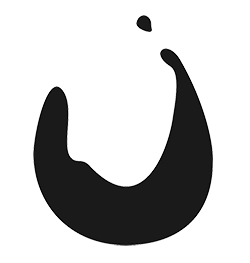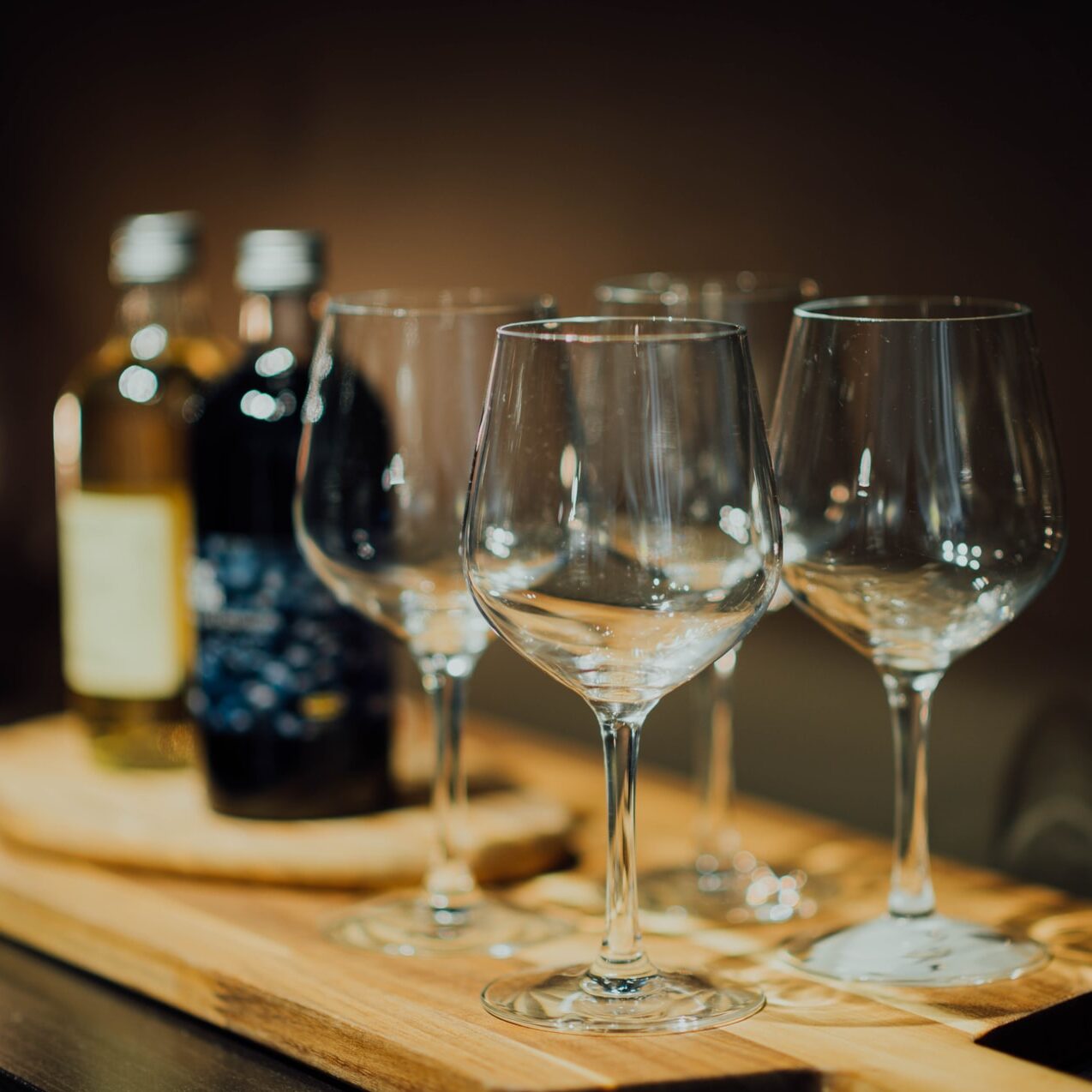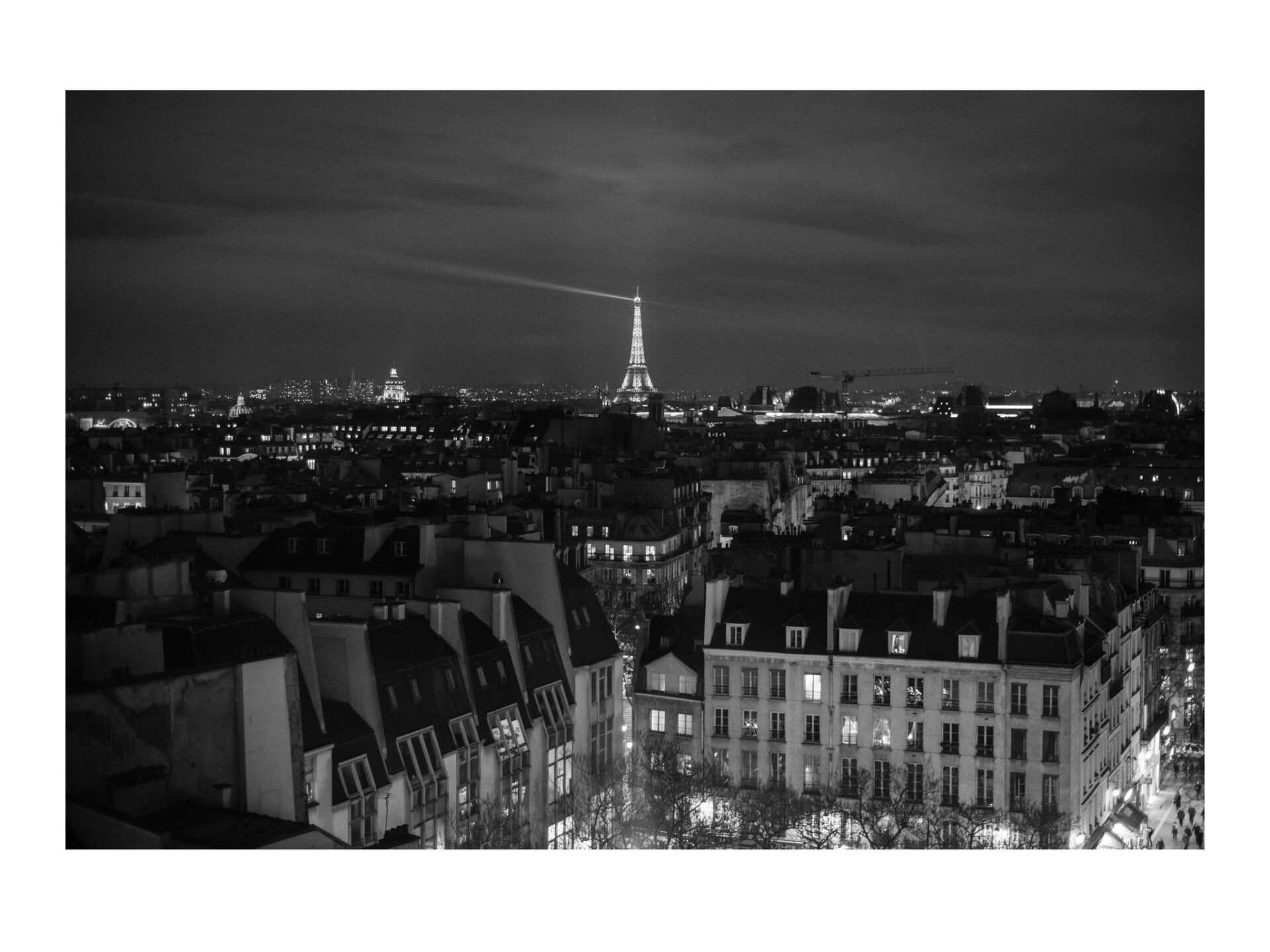Whether you’re hosting an intimate gathering for friends and family or trying to make your country’s latest lockdown a little more fun, an at-home wine tasting can be an excellent way to exercise your identification muscles and learn more about what makes your favorite wine varietals unique. Plus, you get to try a myriad selection of delicious wines.
And doing your tasting blind allows you to build your palate and viticultural vocabulary without the pretense of a label or brand. Here’s how you can host your own blind wine tasting at home.
What is a blind wine tasting?
A blind wine tasting is similar to a traditional wine tasting, except in that you don’t know what varietal, year or — sometimes — even what color grape you’re tasting. In a traditional tasting, you already know what you’re getting into. A sommelier, or your own understanding of what the wine is, will guide you through the aroma and flavors of the wine and help you pick out the subtle notes which make this particular 2009 Bordeaux Merlot a special bottle.
On the other hand, a blind tasting obscures the label and encourages you to enter the experience with no preconceived notions of what to expect. Without knowing the wine, you will be able to taste it outside of its label, and identify qualities in the fragrance and palate on your own. Experienced oenophiles can often identify varietals by taste alone.
Blind wine tasting can be a fun and educational way to enjoy wine at a party, or a serious effort to study the sensuous properties that contribute to a wine’s individual taste.
Steps to run a blind wine tasting at home
Here’s how you can host a blind wine tasting in the comfort of your own home.
- Choose a theme. This can be as broad or as narrow as you like, from “reds” to “Pinot Gris, Tuscany, 2012.” More refined palates may desire a specific tasting concept, whereas beginners just getting started might want to work on picking out a Cabernet from a Zinfandel.
- Gather your wines. Wine tasting can easily get rather expensive, so you might ask each of your guests to bring an on-theme bottle to contribute. Or, you can pass around the hat and purchase Argaux’s Blind Tasting kit, coming complete with pre-wrapped bottles and an instructional booklet that will help you make the most of the tasting experience.
- Prepare the bottles. The original labels should be obscured, however they should also be distinguishable so you can keep track of which bottle supplied what glass. You can place them in different-colored wine bags, or wrap them in either foil or paper and number each bottle.
- Set up the space. Each table setting should have a minimum of three glasses so your guests can compare wines. In addition, there should be paper for note-taking, and easily accessible spittoons so no one gets too tipsy.
- Debrief. After everyone has had a chance to taste the wines on their own, you should come together to discuss your thoughts on each wine, noting similarities and differences in everyone’s individual experience. You can consense the identity of each bottle, if you like, before revealing the label. Follow up the experience with a well-paired meal.
Blind wine tasting at home theme ideas
Here are a few ideas that will help you decide on a theme for your blind tasting event.
- Horizontal wines. This theme is great for more advanced sommeliers interested in learning how to identify different terroirs, geographies and farming practices in their wines. For horizontal blind tasting, you will choose wines of a particular varietal and year, for example 2018 Tempranillos, but take care to select from different farms and producers. Your tasting experience should differ greatly depending on the region of each vineyard, so be sure to learn about and discuss these qualities after the tasting.
- Red and red and red all over. Or white, or pink, or orange – you get the idea. Excellent for beginners or the choosier wine-drinkers among us, theming your tasting around a single color can be a great way to start learning about the subtle differences which separate your Pinot Noirs from your Merlots, your Grenache Rosé from your Syrah Rosé, and your Blancs from your Gris’.
- How time flies. Choose a collection of wines across a variety of grapes and regions but from a similar year and see if you and your guests can identify the unifying characteristics brought about in that shared temporal vineyard. Or, you can choose a variety of wines which have everything in common BUT the year. Also known as vertical tasting, this educational experience allows you to identify how the flavor and aroma of a given wine is affected by the year in which it was grown.
For more theme ideas for your next blind wine tasting event, visit our other article: Blind Wine Tasting Ideas.
How to do a blind wine tasting at home with Argaux
Argaux offers a Blind Tasting kit which you may easily add to any virtual or in-person event. From our website, simply select the size, style and number of wines you’d like to try, and let us do the rest. Your kit will include between 2 and 4 half- or full-sized bottles of red, white or a selection of both red and white wines — fully wrapped and concealed so you won’t know what it is you’re tasting. In addition, you’ll find our guide to blind wine tasting as well as a number of tasting grids to take notes throughout your experience.





